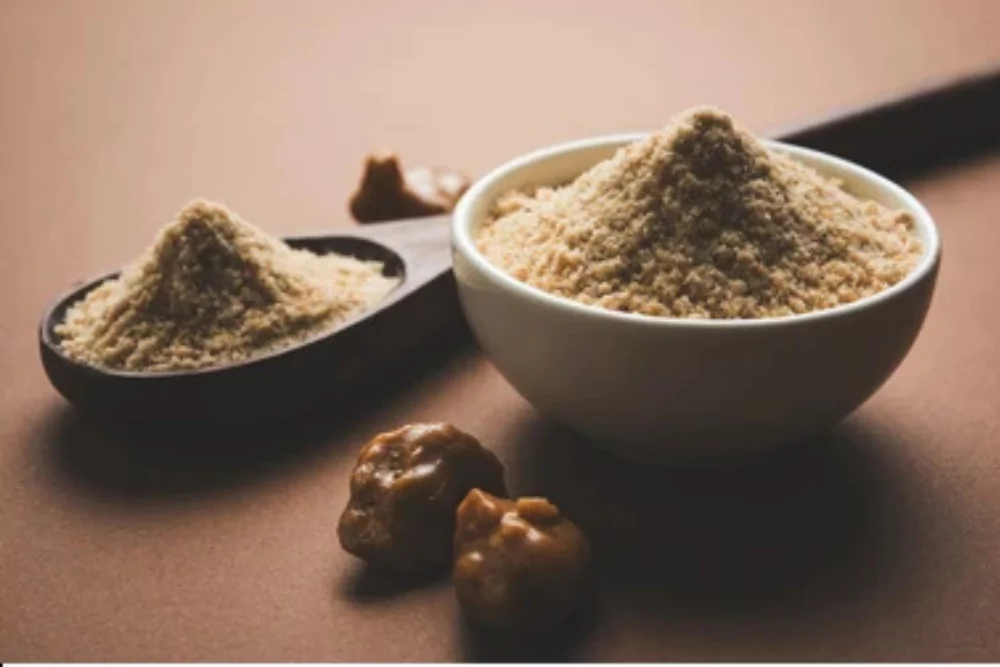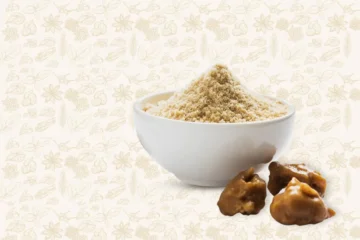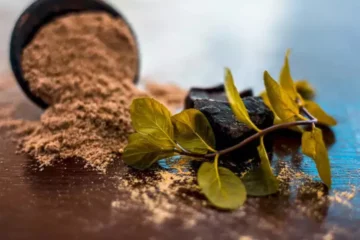Is Hing safe for infants, and how should it be applied?
Summary: Hing is generally safe for infants when used in small amounts and applied externally. It should be mixed with water or oil to form a paste and gently massaged on the baby’s stomach.
Detailed Answer:
- Safety: Hing, or asafoetida, is a traditional remedy known for its digestive properties. While it’s not advisable to give Hing internally to infants, external application is considered safe. Its natural compounds can help in relieving colic and gas effectively.
- Preparation: Mix a pinch of Hing powder with a few drops of warm water or oil to create a paste. Ensure that the paste is smooth and free from lumps to avoid any discomfort for the baby.
- Application: Gently massage the paste on the baby’s navel and around the stomach area. This helps in relieving gas and colic pain by promoting better digestion and expelling trapped gas.
- Frequency: It can be applied once or twice a day, but it’s always best to consult with a paediatrician before using any remedy. Regular use can help in preventing the recurrence of colic and gas issues.
- Precautions: Always perform a patch test to check for any allergic reactions. Avoid using Hing if the baby shows any signs of irritation or discomfort. It’s also essential to use Hing in moderation, as excessive use can lead to skin irritation.
What are the benefits of using Hing for treating colic and gas in babies?
Summary: Hing helps relieve colic and gas in babies due to its natural antispasmodic, anti-inflammatory, and carminative properties. It helps soothe the digestive system and expel gas.
Detailed Answer:
- Natural Antispasmodic: Hing has antispasmodic properties that help in reducing muscle spasms and cramps in the baby’s stomach. This can provide quick relief from the painful episodes of colic that many infants experience.
- Anti-inflammatory: The anti-inflammatory properties of Hing help in soothing the baby’s digestive tract and reducing any inflammation that may cause discomfort. This can be particularly beneficial for infants who have sensitive digestive systems.
- Carminative: Hing acts as a carminative agent, which helps in the expulsion of gas from the digestive system, providing relief from bloating and discomfort. It can also help in preventing the formation of gas bubbles in the stomach.
- Improved Digestion: Hing aids in better digestion by stimulating the production of digestive enzymes, which can help in preventing colic and gas issues. This can lead to a more comfortable and happy baby.
- Natural Remedy: Unlike over-the-counter medications, Hing is a natural remedy with minimal side effects when used correctly, making it a preferred choice for many parents. Its long history of use in traditional medicine adds to its credibility as an effective treatment.
How can I make a Hing paste at home for my baby’s tummy massage?
Summary: To make a Hing paste, mix a pinch of Hing powder with a few drops of warm water or oil. Apply the paste around the baby’s navel and gently massage the stomach area to relieve colic and gas.
Detailed Answer:
- Ingredients: You’ll need Hing powder and warm water or oil (such as coconut oil). Ensure that the ingredients are of high quality and free from any contaminants.
- Mixing: Take a pinch of Hing powder and mix it with a few drops of warm water or oil to form a smooth paste. The consistency of the paste should be such that it can be easily applied and massaged onto the baby’s skin.
- Application: Apply the paste around the baby’s navel and gently massage the stomach area in a clockwise motion. This helps in promoting better digestion and expelling trapped gas. Ensure that your hands are clean before applying the paste to avoid any infections.
- Duration: Massage for about 5-10 minutes to allow the paste to work effectively. The gentle massage motion can also help in calming the baby and reducing any discomfort.
- Frequency: Use the paste once or twice a day, depending on the severity of the colic or gas issues. Regular use can help in preventing the recurrence of these issues.
- Storage: Prepare a fresh paste each time to ensure its effectiveness. Avoid storing the paste for future use as it may lose its potency and effectiveness.
Are there any side effects or precautions to consider when using Hing for infants?
Summary: While Hing is generally safe for external use in infants, some precautions are necessary. Conduct a patch test to check for allergies and consult a paediatrician before use. Avoid internal consumption.
Detailed Answer:
- Patch Test: Before applying Hing paste, conduct a patch test on a small area of the baby’s skin to check for any allergic reactions. This can help in preventing any adverse reactions that may cause discomfort to the baby.
- Consult Paediatrician: Always consult with a paediatrician before using Hing or any new remedy on your baby to ensure it’s safe for their specific condition. This is particularly important if the baby has any pre-existing medical conditions or allergies.
- Avoid Internal Use: Hing should not be given internally to infants as it may cause digestive issues and other complications. External application is safe and effective, and there is no need to administer it orally.
- Monitor for Reactions: Observe the baby for any signs of irritation, redness, or discomfort after applying the paste. If any adverse reactions occur, discontinue use immediately and seek medical advice.
- Proper Dilution: Ensure that the Hing paste is properly diluted with water or oil to avoid any skin irritation. Using the paste in its concentrated form can cause skin irritation and should be avoided.
At what age is it appropriate to start using Hing as a remedy for colic and gas issues in babies?
Summary: It is generally appropriate to use Hing for infants aged 3 months and older for colic and gas issues. Always consult with a paediatrician before starting any remedy.
Detailed Answer:
- Age Recommendation: Hing is typically safe for infants aged 3 months and older when used externally. However, it’s important to consult with a paediatrician before starting any new remedy. This is to ensure that the baby is developmentally ready and can tolerate the remedy.
- Consultation: Discuss with your paediatrician to determine the appropriate age and method for using Hing based on your baby’s specific health needs and conditions. The paediatrician can provide personalised advice and recommendations.
- Gradual Introduction: Start with a small amount of Hing paste and observe the baby’s reaction. If there are no adverse effects, you can continue using it as needed. A gradual introduction can help in minimizing any potential risks.
- Monitoring: Continuously monitor the baby for any signs of irritation or discomfort. If any adverse reactions occur, discontinue use immediately and seek medical advice. Regular monitoring can help in ensuring the safety and effectiveness of the remedy.
Conclusion
Hing, also known as asafoetida, is a traditional natural remedy for relieving colic and gas issues in infants. When used correctly and under the guidance of a paediatrician, it can provide effective relief with minimal side effects. Always perform a patch test and monitor your baby for any adverse reactions. For the best results, use Hing externally and ensure proper dilution. With its natural antispasmodic, anti-inflammatory, and carminative properties, Hing can be a valuable addition to your baby’s care routine.





